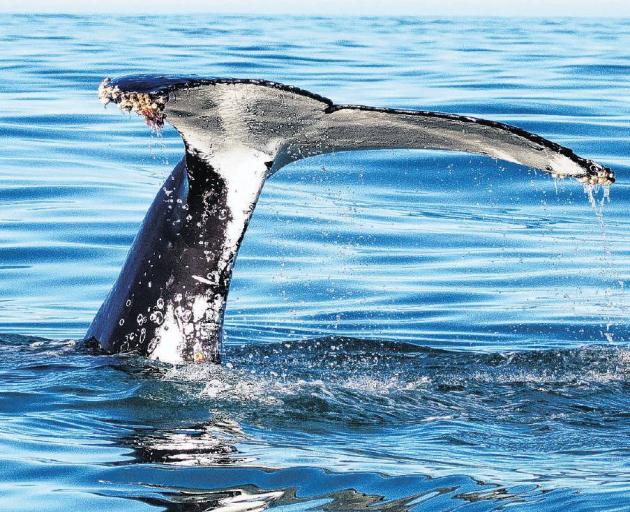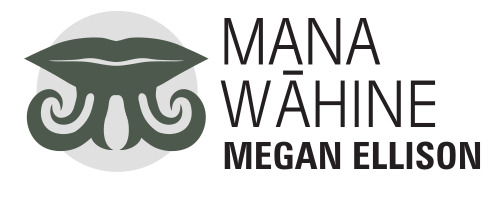
Only seven samples have been documented worldwide, and all but one was from New Zealand.

However, for some reason, my son became interested in it all after sitting with his pōua and talking about it.
Interestingly, he has said for some time that he would love a whale bone taonga and wasn’t interested in a pounamu one. His father wanted to take his whalebone taonga with him when he died and he did, but Timo has regularly asked why I allowed that to happen when he wanted it ... maybe I shouldn’t have? It has started a small fire in his belly about whalebones and bones.
In our Māori history there are many narratives about whales and the ocean, including Takaroa - the master of the sea, according to our iwi. Our people are the wayfarers of the ocean, we live by the lore of the sea, we are fed by it and fear it. In fact, there is a phenomenon known as the Ngāi Tahu mate (misfortune) and that is the drowning of our people, as there would hardly be a Ngāi Tahu family alive that hasn’t been affected by the drowning of ancestors and more recent whanaunga. This also means we look for signs - tohu - and have a primeval connection to the sea and the living universe within it.
In our tribal history we have connections to whales, like all children of Takaroa. Te Waipounamu (the South Island) is also known as Te Waka a Maui - Māui’s waka - and it was Māui in that waka who caught and hauled up the massive fish that is the North Island. Fish like Te Ika a Maui are the life source for our people.
The Rev Wohlers, a missionary on Ruapuke Island (off Bluff) in the 1800s, who learnt to speak te reo Māori, but in particular our tribal dialect, recorded many old Māori narratives and one referred directly to a whale.
Tinirau had a pet whale named Tutunui which he would ride over the ocean, accompanied by his pet seabirds. He allowed Kae to ride the whale in an exchange, and he took Kae’s canoe. He told him that under no circumstances should he take Tutunui into shallow water. However, he did and the whale died. Kae then cut the whale up and ate him.
Interestingly, Te Tapuae o Tinirau (the footmarks of Tinirau) was a waterhole at Wellers Rock at the old wharf at Otago Heads. The sea goddess Tinirau was said to come here and comb her hair and use the pool as a mirror. This site no longer exists as there is a road in its place now.
In another narrative that is retold in a very old waiata, there is also a reference to whalebone. Whatitata goes for a walk and discovers some whalebone lying on the beach. He delivers the bone to the village chief, Uenuku, who has it made into a valuable comb and club for his use. Uenuku returns to his house one day and finds that his comb has been disturbed by one of his sons and a disaster ensues.
Whalebone is a prized possession and was used to make many taoka (treasures), including the likes of combs, weapons and jewellery.
On a final note, in the early contact period at Ōtākou and other coastal Ngāi Tahu villages, whalers came to our shores and set up stations. There was a whaling station at Wellers Rock, set up by Edward Weller and his brother. According to history, the harbour and sand were turned blood red by the whale carcasses and the area stunk of rotting whale. Māori connected to these whaling gangs but, as I have shared, they had a connection to whales as mōkai, pets, and as children of Takaroa who carried mana and revealed tohu (signs). Therefore, there had to have been a clash of cultures and values over how whales were treated. We are also very aware that our people felt the intrusion onto our shores and there were consequential dramas and tensions as a result.
Ultimately, our people had a deep connection to whales and all mammals and fish in our ocean. It is in our whakapapa, and I am pleased that my son has found that of interest, even though his 17-year-old mind is normally elsewhere. The spade-toothed whale washed up on our shore has challenged his thinking, even if fleetingly.









